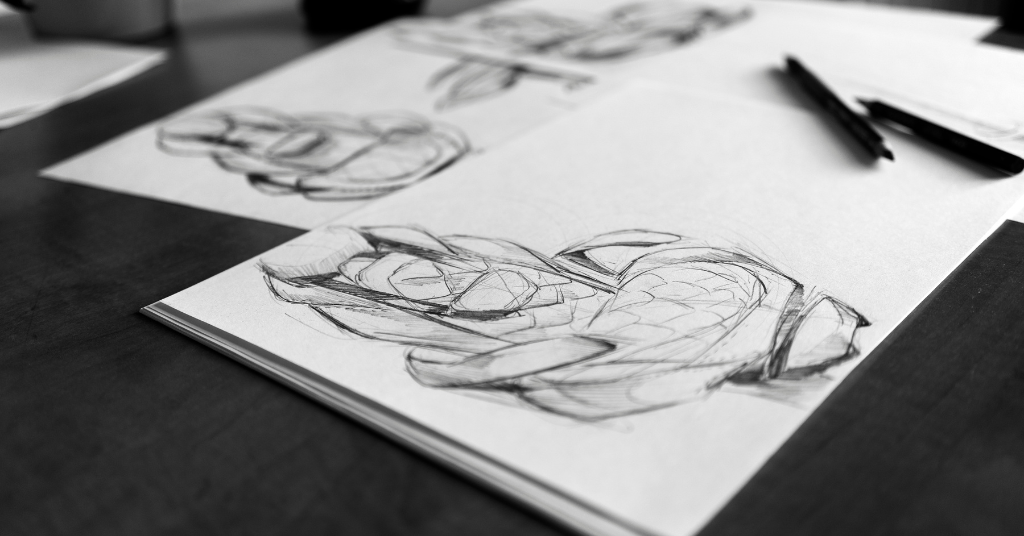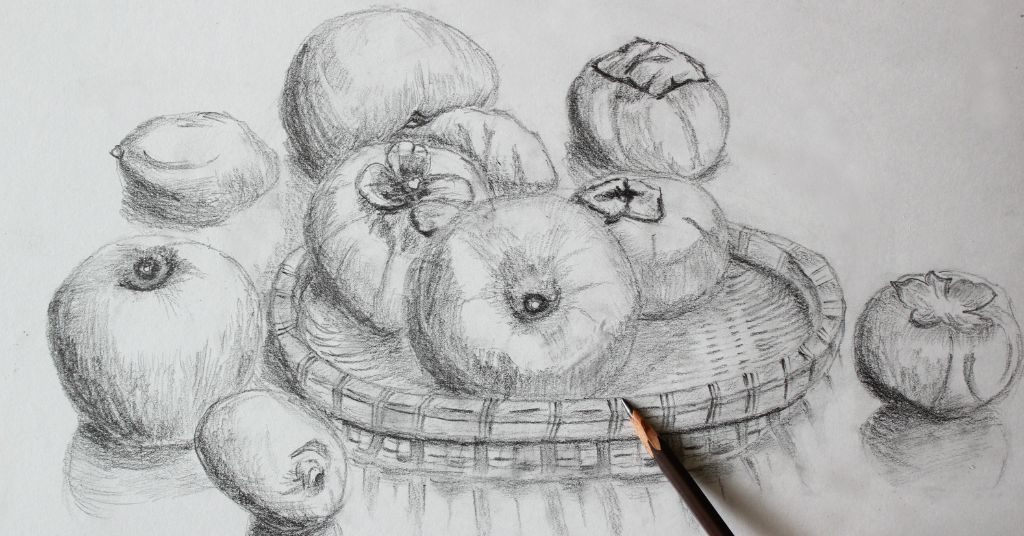Becoming a skilful sketching artist is a dream for many. And to achieve that dream, only a few work hard to attain proficiency in it. Moreover, the best part about sketching is its portability and ease of access. You do not need a lot of equipment to start your sketching journey; just a pencil and paper will suffice. Besides, you can take online sketching classes to strengthen your skills. These classes are suitable for beginners, intermediate and advanced learners.

Check Out This Article: Renaissance Art – And Its Influence On Artistic Exploration
To ace the sketching skill, it is pivotal for everyone (especially beginners) to practice regularly. Here, we are sharing with you some effective sketching tips beneficial for beginners to become an expert in no time.
Top Nine Effective Sketching Tips For Beginners
1) First And Foremost, Know Your Pencil(s)
It is essential for every beginner to start their sketching journey with the right pencil. It is a must-follow tip in sketching for beginners. The point to note here is that the hardness of the graphite is indicated on the pencil. For example, “B” pencils are softer, “H” pencils are harder, “HB” comes somewhere in between, and there’s a big difference between a 4H and a 4B pencil.
Now, since you are a beginner, it will be good to start your journey somewhere on the H scale as a foundation. After that, move ahead with the darker B scale. For easy sketching for beginners, it will be great to use mechanical pencils alongside traditional ones. Mechanical pencils are better for precision.
Check Out This Article: Cricket Batting Tips & Tricks For Beginners
2) Take Charge Of Your Pencil(s)

Taking charge of your pencils refers to how you grasp them and how you utilise them. For pencil sketching for beginners, position your hand closer to the end of the pencil. It will give you more control and precision but heavier strokes too. When you grip the pencil further up, the process will give you less control and precision, but lighter strokes.
Besides that, it is pivotal for everyone, whether beginner or not to regularly experiment with new things. The process will help you grasp new techniques in achieving varied things your way. Not only that but also the process will enhance your style.
3) Alter The Lines
Many professional sketching artists and illustrators have advised using varied or altered lines. We all know that not all lines are equal. Similarly, when you shift the width and darkness of your lines, the process will create a dynamic and eventually create a visually interesting drawing.
Moreover, controlling
Controlling the sort of mark you put down can be a bit tricky in the beginning stage. But with regular practice, you will be able to create a variety of marks & impacts that work together to make a cohesive drawing. A perfect tip here will be to experiment with different pencil grades. Also, hold the pencil at different angles to get a novel outlook.
4) Try To Avoid Smudging
A perfect sketching tip for beginners is, always to have an extra piece of paper under your hand while shading. The process will help minimise the amount your hand smudges your pencil lines. For example, if you are a right-handed person, start shading from left to right. Likewise, if you are a left-handed person, start from the right and then move to the left. It is the perfect sketching and shading tip for beginners.
Related Article: What Makes Storytelling Effective In Anime?
5) Control The Edges
Many renowned artists use four kinds of sketching techniques to define their artistic pieces’ edges. These techniques are – hard, thin, lost and undefined. Here, thin and hard edges give objects solid borders. Lost edges in the sketching process occur when the object & background values begin to blend together. Moreover, undefined edges in sketching need to be deciphered by the observer themselves. It is vital for beginners to explore all these four types of sketching. Furthermore, try to combine these techniques and create something new all along.
6) Utilise A Blending Stick For Smooth Shading
Beginners should know that it is possible to create smooth and blended effects using pencils. It is preferable for your shading to be less sketchy and more subtle sometimes. The reason is, pencil lines do not blend perfectly unless you are careful and know how to mix them.
To get the perfect blending effect, make a big swatch of soft graphite or charcoal pencil on a spare piece of paper, then use a large blending stick to pick the soft dust to use in your image. You can use this process to build up darker areas to create refine definitions in a picture.
7) Appy The Rule Of 70/30
Perhaps the most efficient sketching tip for beginners is less can be more. The rule of 70/30 helps artists create compelling compositions. The idea behind this rule is to fill 30 per cent of your sketch with focus and detail and the rest of the 70 per cent is filler. The less interesting area in your sketch helps direct attention toward the main subject of your work.
8) Differentiate Distinct Textures
A tip for beginners here is you need to adjust your techniques to show different textures within your sketch. Every object has a unique property and capturing that will elevate the drawings. It happens because uniqueness depicts accuracy in varied forms.
9) Creating Contrast
Creating contrast in a sketch helps direct the observer’s eye within the artwork. While people talk about contrast, they are most likely referring to a different value. It means a value where light and dark areas are juxtaposed. Regardless, as a beginner in sketching, you can create contrast in shape, hue, saturation, texture, edges, proportion, and so much more.
Final Words:
Mentioned above are some of the effective sketching tips for beginners to ace the skill. Following these tips will help you understand the ins & outs of different techniques used in sketching to become a proficient artist. Moreover, it is advisable for everyone (beginner, intermediate or advanced) to take an active part in online arts & crafts quizzes. Regularly solving these quizzes will enhance your capabilities making your skills further improved in no time.
Furthermore, to learn more about different artistic courses, visit PiggyRide. The e-learning platform has numerous art-related courses to choose from. These courses are most suitable for kids and students between 5 to 18 years of age.


Leave a Reply